With 4 of the 7 days already gone and two of the main target species under our belts we were now thinking about what might be next. Originally it had been intended that we'd move hotels for just one night whilst we journeyed further inland to photograph Cranes. Unfortunately it seemed the Cranes had been disturbed by illegal hunting so we all decided that it was in our best interests not to bother as it was a long journey and we would have the inconvenience of packing etc. The downside was we were running out of hide options, and the weather was deteriorating too. Plenty of sunshine but the wind was increasing in strength and that would reduce the chances of seeing birds out and about. We hadn't visited the first hide Group 1 had been to on the first day but to be honest having heard what they had seen there I wasn't keen to go. I don't think Paul and Mike took much persuading that we should try the Quarry hide again, it had been so productive on our first visit and we'd only had a few hours there. I had two objectives, to get some more images of the Blue Rock Thrush (the other two hadn't taken any at all so they were even more keen than I was) and to try and get some images of the Black Wheatear where the tail feathers weren't blown.
Group 1 had visited this hide two days previously and had some really good opportunities with the Thrush although overall they'd had far fewer species than we'd seen. We were told via Yani that a group of local photographers had used the hide the previous day and they'd witnessed a remarkable fight between the Thrush and the Hoopoe. Feathers had literally been flying.
We hoped that the birds were still presentable!
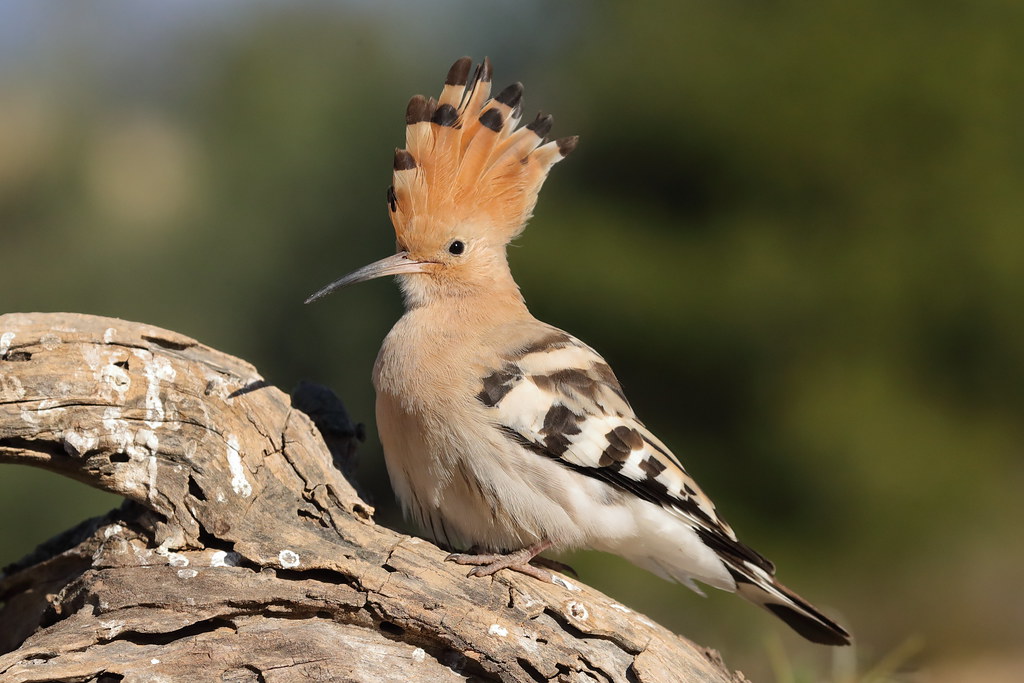
Well Psycho was looking cool, calm and collected and still up to his tricks.
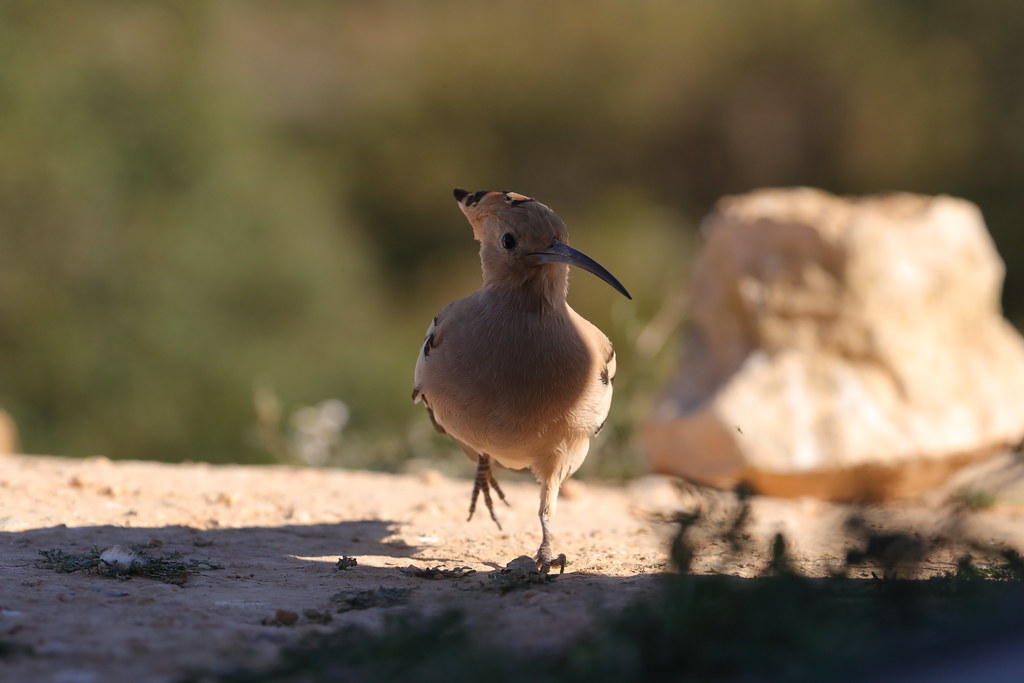
Occasionally launching an attack on the hide.
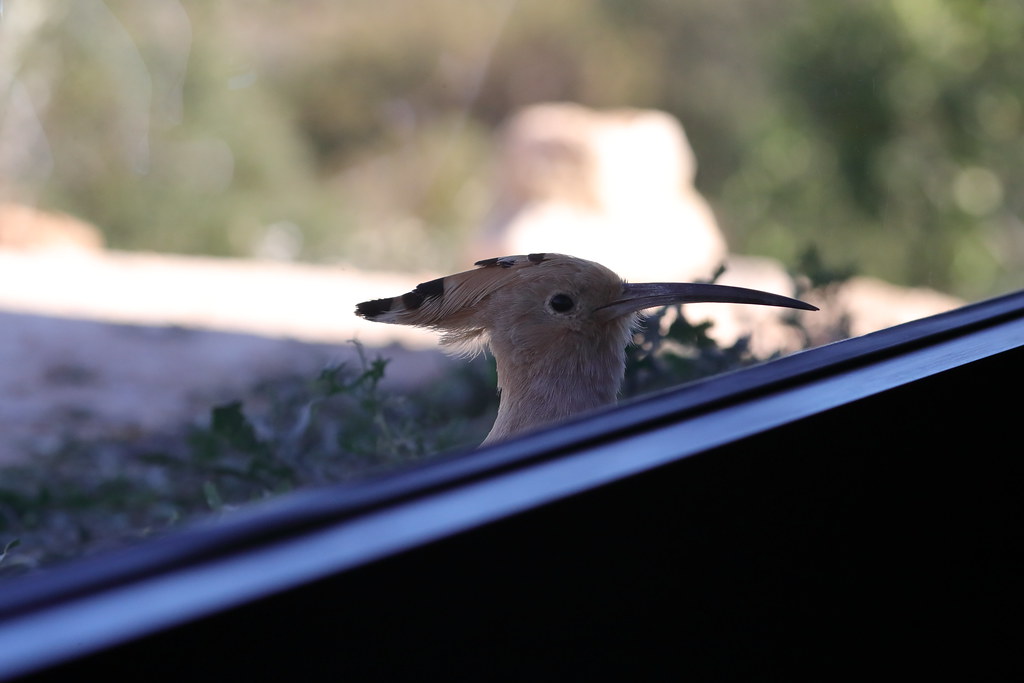
before calming down and just peering through the glass.
In the end we got a bit tired of his antics as he was a destabilising influence on all that was around.
We waited in vain all day but there was no sign other than a distant flypast as far as the Thrush was concerned.Oh well, we were assured that there was to be another opportunity the following day. Group 1 had also done well there for the Thrush too.
Maybe it was a mistake to revisit the hide so soon, it wasn't nearly as prolific as the first occasion but maybe that's because it was dominated by the Hoopoe and the only birds that seemed immune to his presence, the Kestrel pair.
I'd taken so many Kestrel images on the first day that I was reluctant to take more. How daft is that!
When do you get opportunities like this
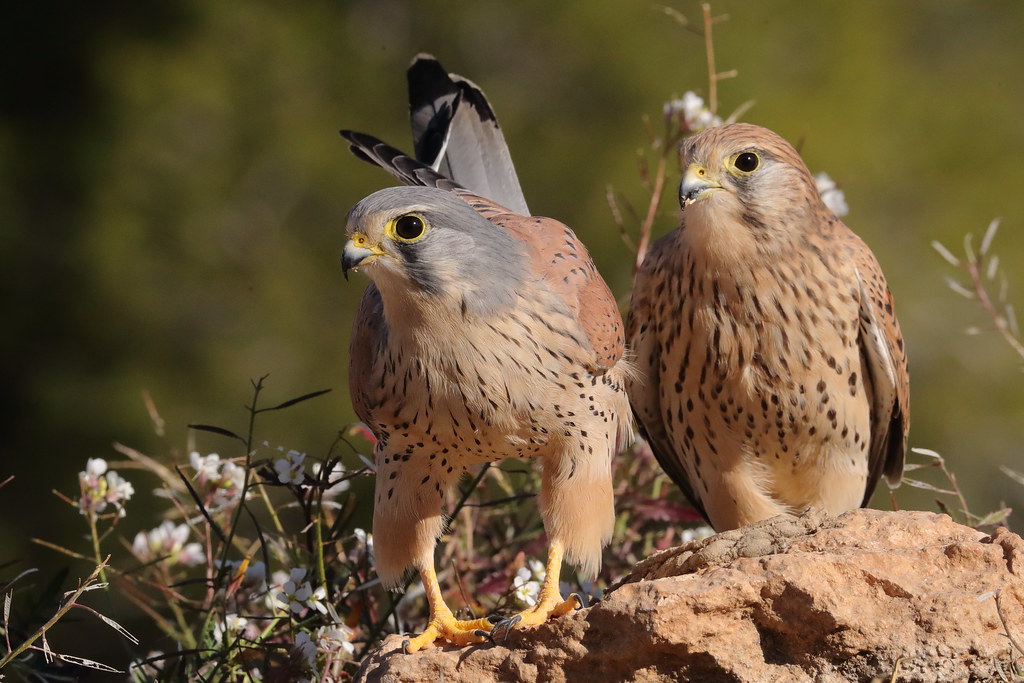
In short...rarely!
More opportunities to snap the Sardinian Warbler are always welcome though.
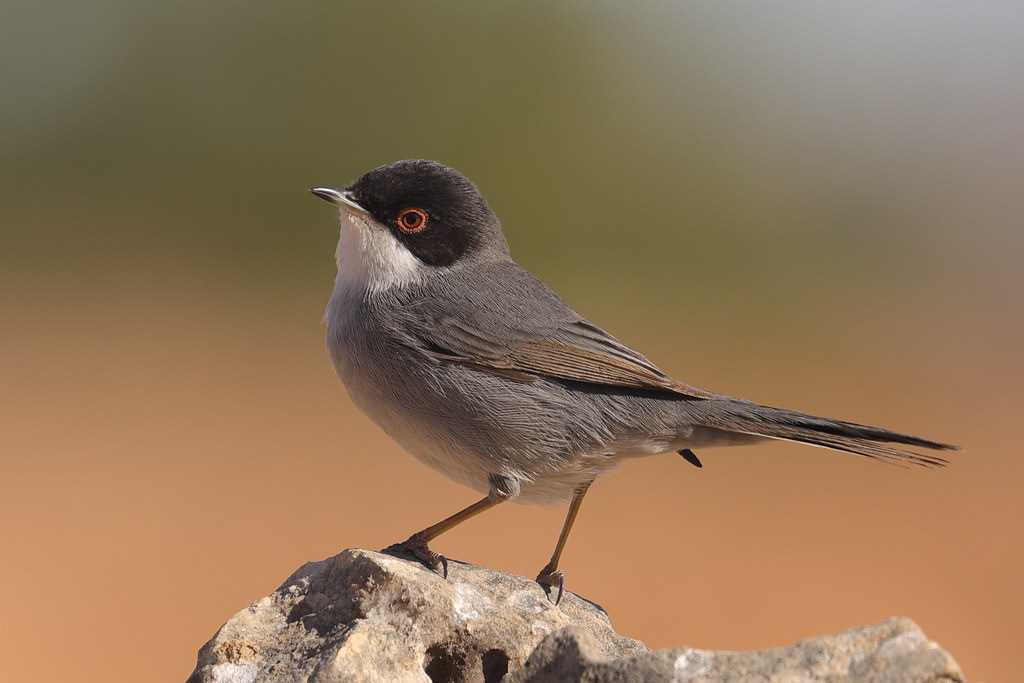
Such a stunning looker!
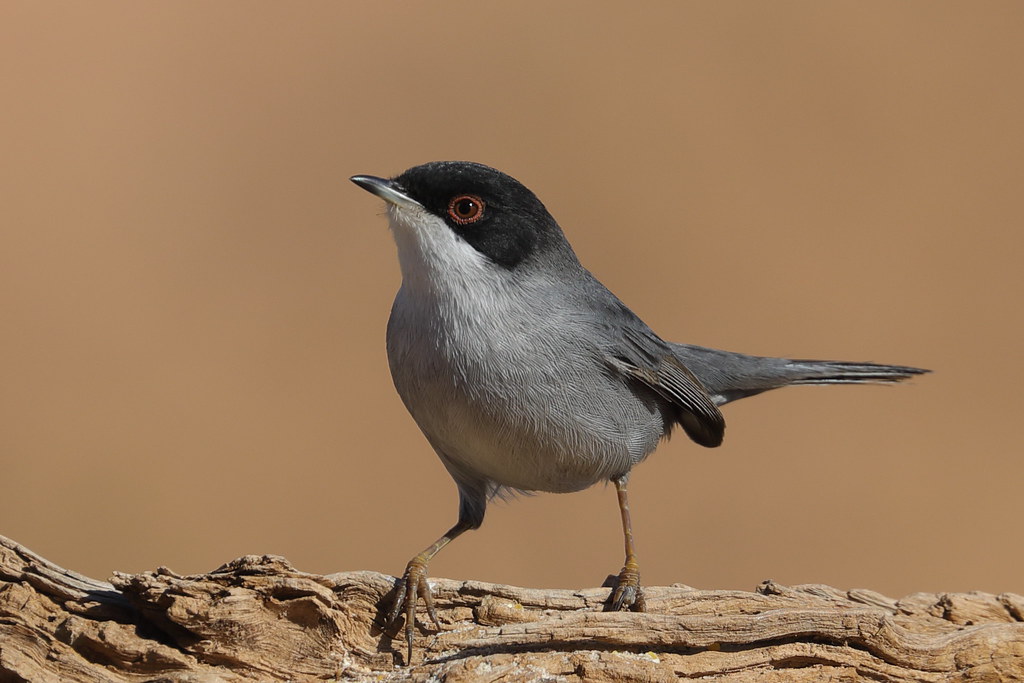
as are the Serins.
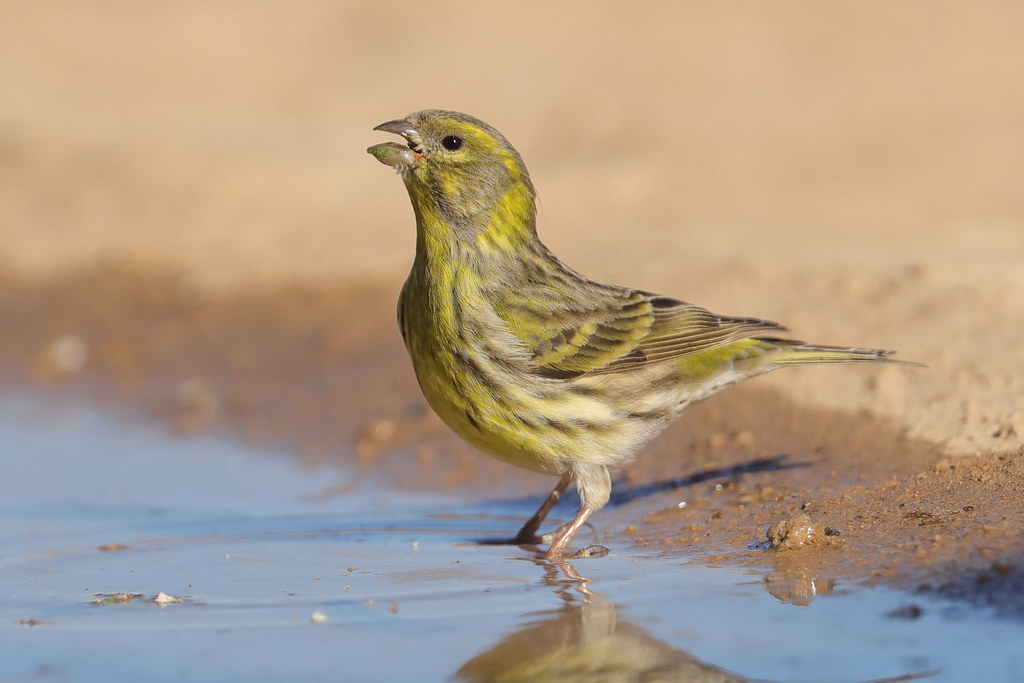
They were not looking at their best though as they often had green gunge all over their bills. A drink helped wash some of it away.
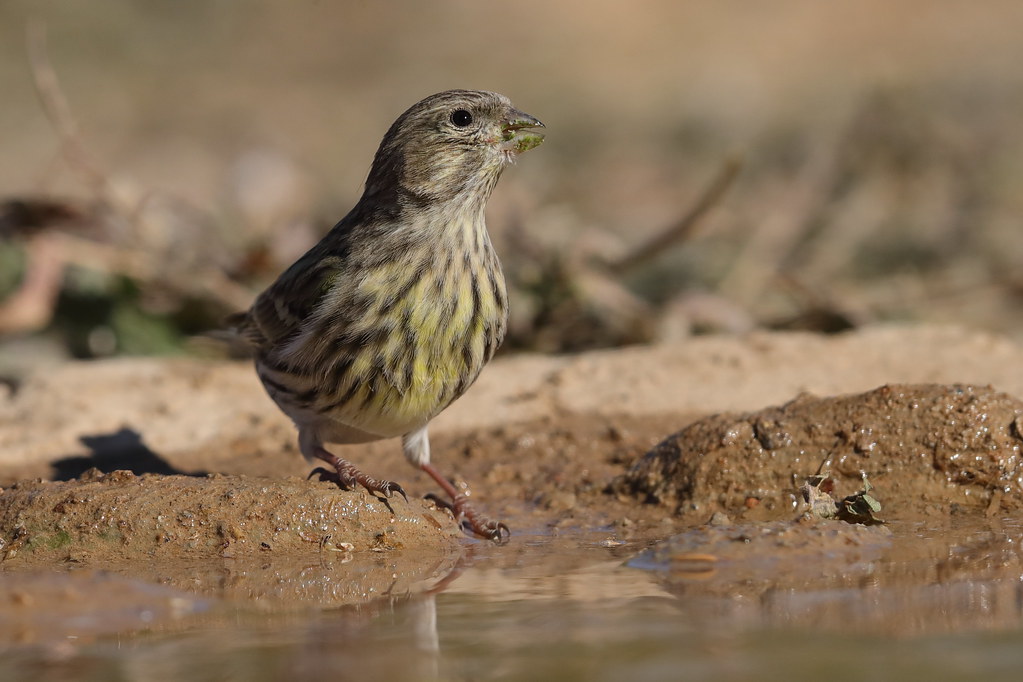
At least today we could see what they were eating, the unripened seed pods of a plant that was growing around the edge of the drinking pool.

I had one additional species to add to my list, Common or Eurasian Magpie.

We had been visited by one on the first visit but as it didn't have any tail feathers it wasn't typical of the species!
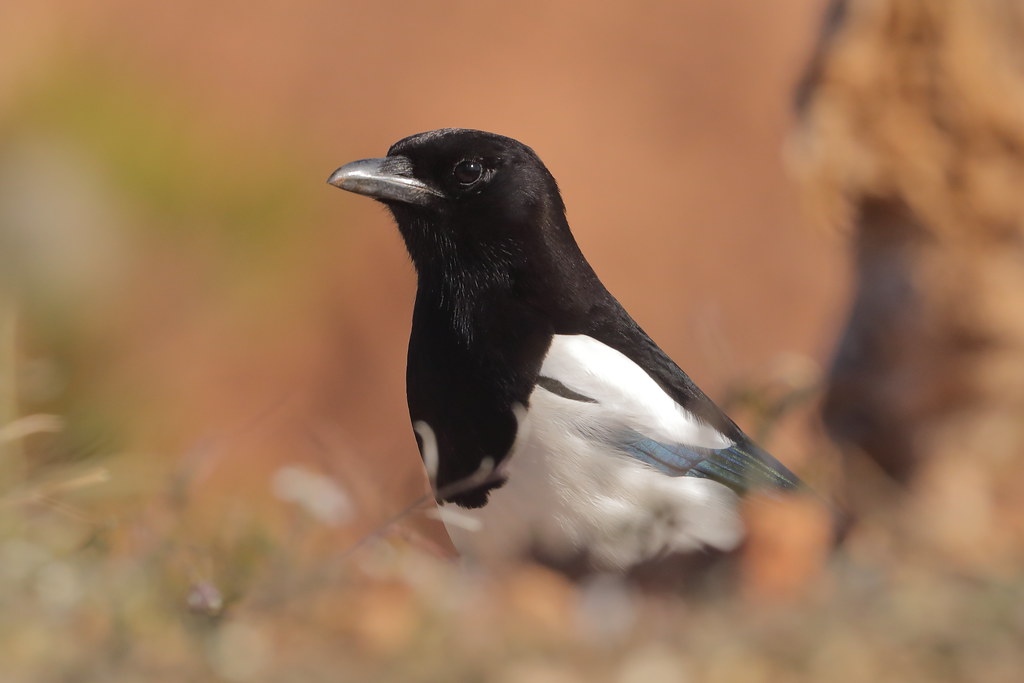
I could have settled for the head shot though.
Anyway, the other personal objective for me was to improve on my Black Wheatear shots.
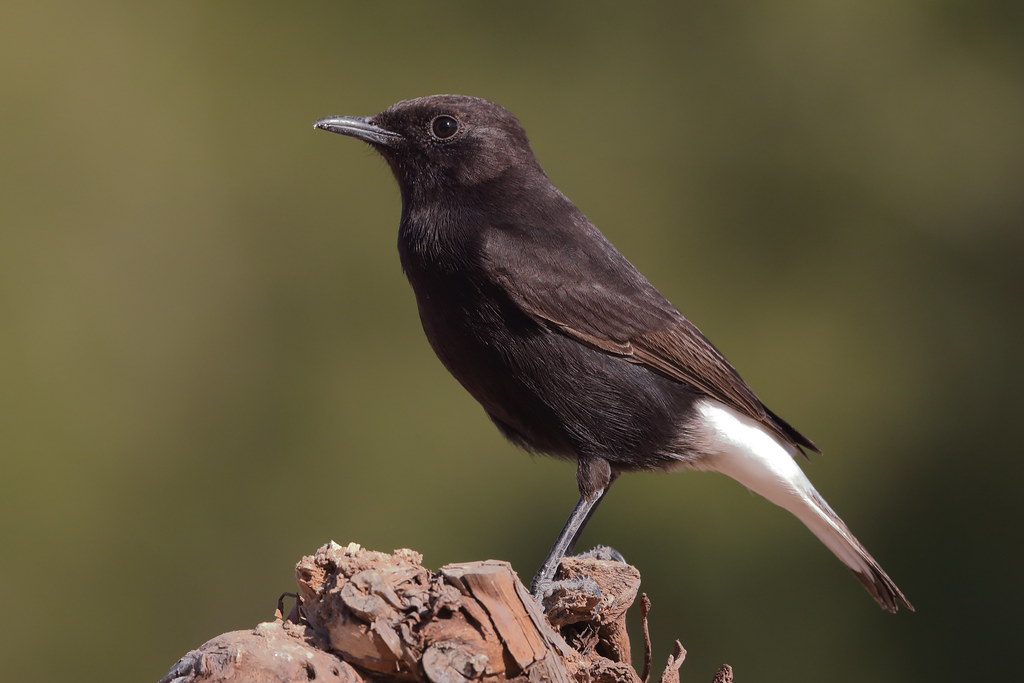
It's so easy to blow the white tail feathers and I was still doing it!
Much easier when the tail is in the shade
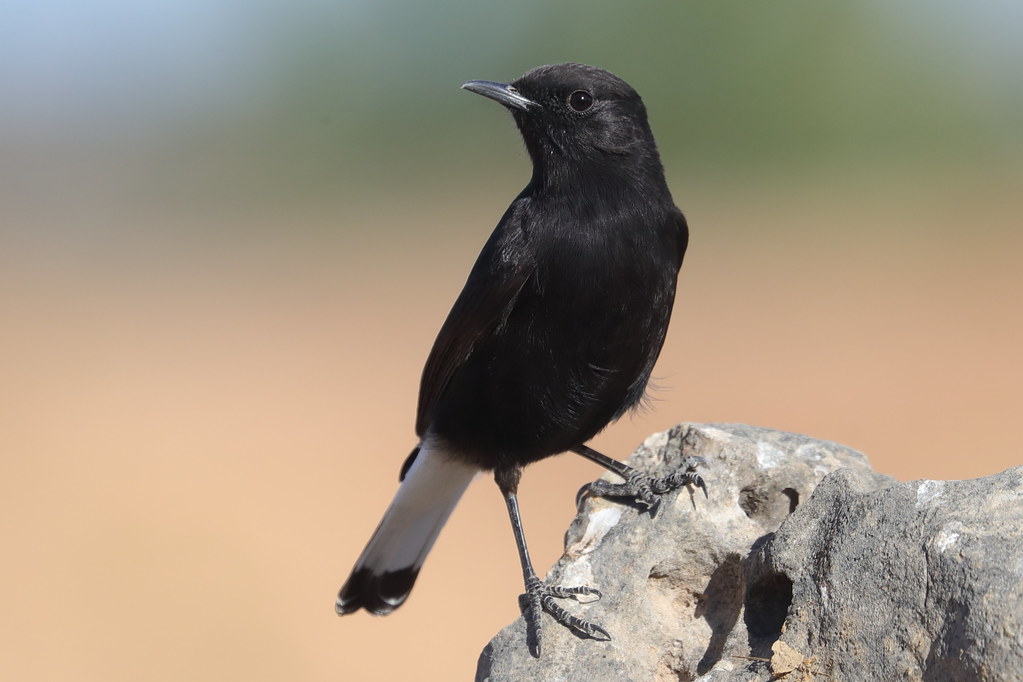
In the end I have to settle for what were my best efforts.
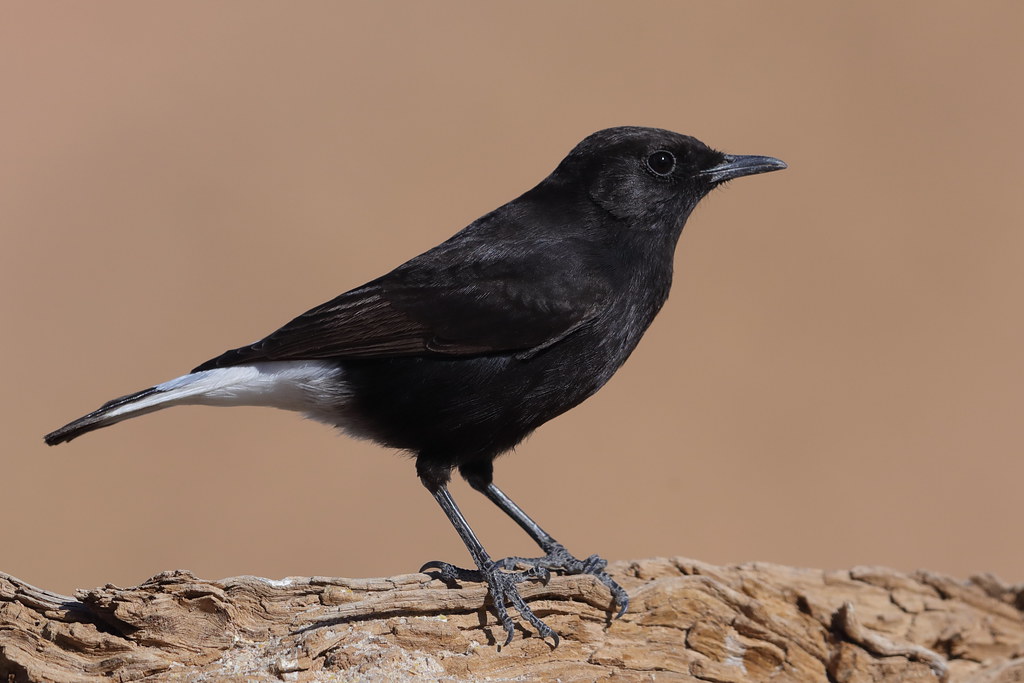
Not perfect
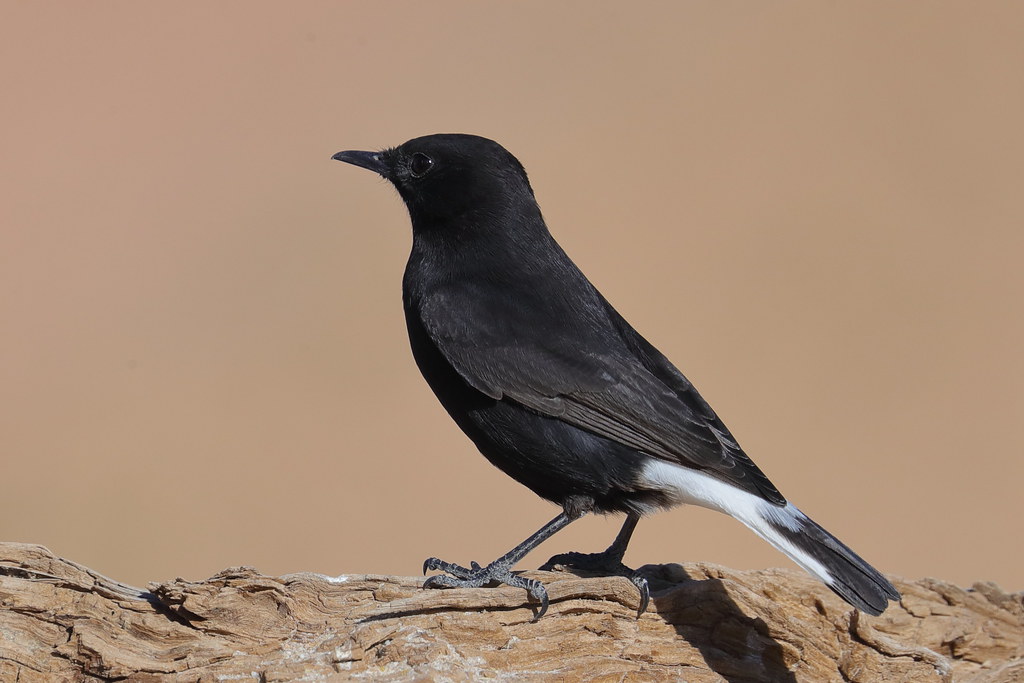
but I'm reasonably happy.
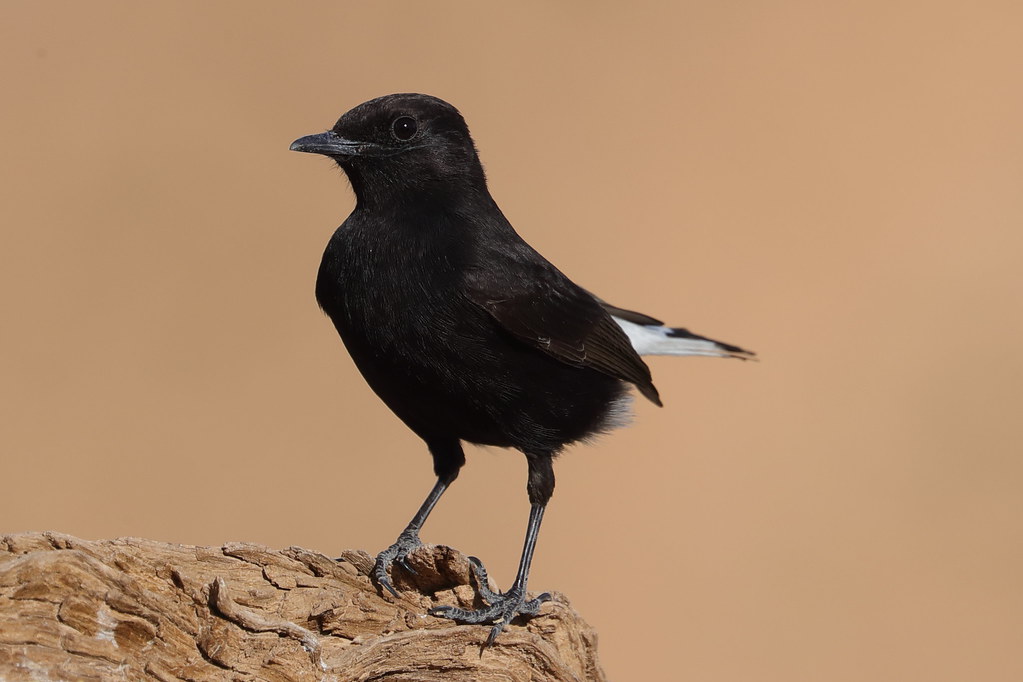
But would have been happier if I had made more provision for depth of field too!
Ah well.
My Rock Sparrow shots were certainly an improvement.

We had a couple of visits by a fair sized flock.
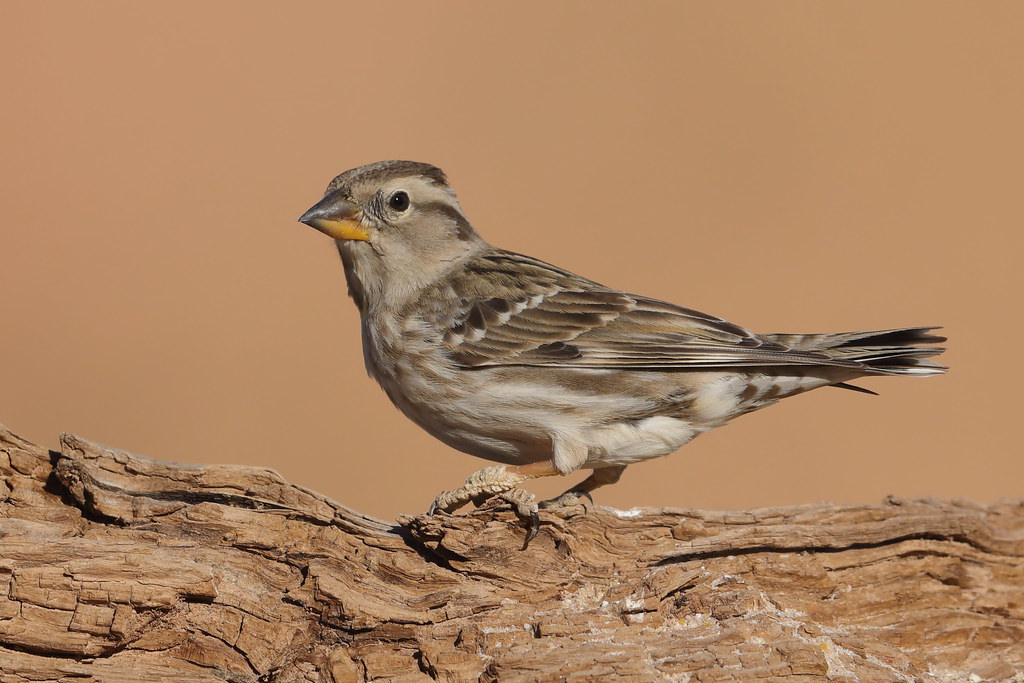
and as the last shots demonstrate, some of them have the foot disease quite common in Finch species.
All in all it wasn't a bad day but the lack of something new was a bit disappointing.
Not to worry, tomorrow we'd crack the Blue Rock Thrush. We were told it was a near certainty.
TBC
Group 1 had visited this hide two days previously and had some really good opportunities with the Thrush although overall they'd had far fewer species than we'd seen. We were told via Yani that a group of local photographers had used the hide the previous day and they'd witnessed a remarkable fight between the Thrush and the Hoopoe. Feathers had literally been flying.
We hoped that the birds were still presentable!

Well Psycho was looking cool, calm and collected and still up to his tricks.

Occasionally launching an attack on the hide.

before calming down and just peering through the glass.
In the end we got a bit tired of his antics as he was a destabilising influence on all that was around.
We waited in vain all day but there was no sign other than a distant flypast as far as the Thrush was concerned.Oh well, we were assured that there was to be another opportunity the following day. Group 1 had also done well there for the Thrush too.
Maybe it was a mistake to revisit the hide so soon, it wasn't nearly as prolific as the first occasion but maybe that's because it was dominated by the Hoopoe and the only birds that seemed immune to his presence, the Kestrel pair.
I'd taken so many Kestrel images on the first day that I was reluctant to take more. How daft is that!
When do you get opportunities like this

In short...rarely!
More opportunities to snap the Sardinian Warbler are always welcome though.

Such a stunning looker!

as are the Serins.

They were not looking at their best though as they often had green gunge all over their bills. A drink helped wash some of it away.

At least today we could see what they were eating, the unripened seed pods of a plant that was growing around the edge of the drinking pool.

I had one additional species to add to my list, Common or Eurasian Magpie.

We had been visited by one on the first visit but as it didn't have any tail feathers it wasn't typical of the species!

I could have settled for the head shot though.
Anyway, the other personal objective for me was to improve on my Black Wheatear shots.

It's so easy to blow the white tail feathers and I was still doing it!
Much easier when the tail is in the shade

In the end I have to settle for what were my best efforts.

Not perfect

but I'm reasonably happy.

But would have been happier if I had made more provision for depth of field too!
Ah well.
My Rock Sparrow shots were certainly an improvement.

We had a couple of visits by a fair sized flock.

and as the last shots demonstrate, some of them have the foot disease quite common in Finch species.
All in all it wasn't a bad day but the lack of something new was a bit disappointing.
Not to worry, tomorrow we'd crack the Blue Rock Thrush. We were told it was a near certainty.
TBC
No comments:
Post a Comment